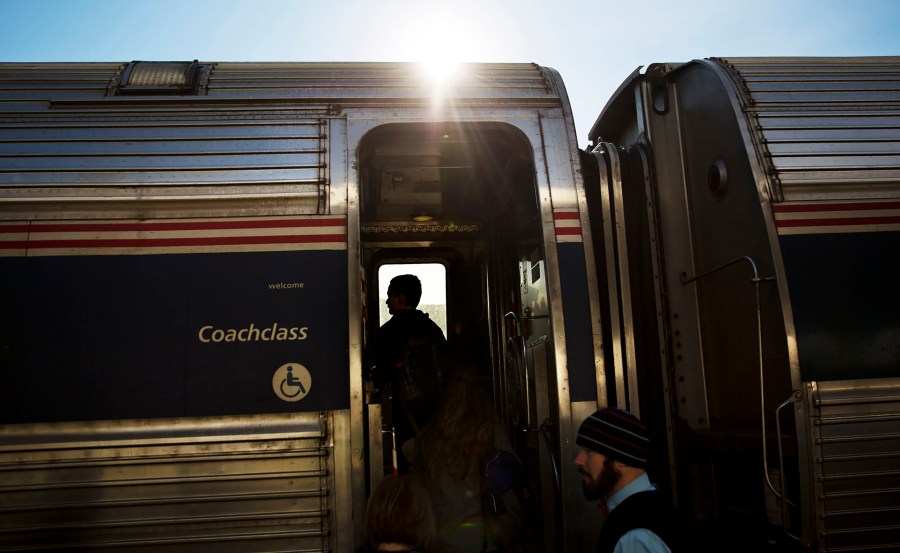Will passenger trains finally take off in Ohio?

The Future of Train Travel in Ohio: A New Look at Passenger Rail
Ohio has long been a state with a rich history of railroads, but when it comes to modern passenger train service, the story is quite different. For over four decades, Columbus, Ohio’s largest city, has not had any passenger rail service. This lack of connectivity has sparked ongoing discussions and debates among local leaders, advocates, and residents about the potential for a future where trains could once again be a vital part of the transportation network.
The absence of passenger rail service in Columbus is not just a local issue—it reflects a broader challenge across the state. Many residents and experts believe that Ohio has missed out on opportunities to develop a more robust and efficient transportation system. Amtrak spokesperson Marc Magliari highlighted this point, stating that there is a way to make passenger rail work in Ohio, but it has not been realized due to political challenges.
When former Governor John Kasich took office in 2010, he made a controversial decision to decline $400 million in federal funding for high-speed rail development in the state. His reasoning was that the project was too costly and lacked proof of public demand. This decision marked a significant setback for rail advocates who saw the potential benefits of improved transportation options.
John Esterly, a train engineer and executive director of the rail lobbying group All Aboard Ohio, emphasized the poor state of current Amtrak and passenger rail service in Ohio. He noted that many legislators do not fully understand what good rail service looks like, which makes it difficult to build support for new initiatives.
Despite these challenges, there are signs that the conversation around rail service in Ohio is evolving. The state is currently conducting a government review of two major rail projects. The first is the “3C&D” line, which would connect Columbus, Cleveland, Cincinnati, and Dayton. This proposal includes three to five daily trips with top speeds approaching 80 miles per hour. The second project under consideration is the “CTD” line, which could link Cleveland, Toledo, and Detroit. Additional proposals have also been suggested for connections to other Midwest hubs, such as Chicago and Pittsburgh.
While these ideas are still in the planning stages, they represent a step forward in the discussion about how to improve transportation infrastructure in the state. Ohio Governor Mike DeWine has expressed some level of support for the studies, though many lawmakers remain cautious about the financial implications.
“I think we should let the studies proceed and see where they lead,” DeWine said. “We shouldn’t take a position yet.”
Some lawmakers, like Rep. Brian Stewart from Ashville, are not strongly in favor of rail but are open to the idea of exploring the possibilities. Others, like Rep. Bernie Willis from Springfield, see rail as a critical component of the state’s transportation future.
“I think passenger rail opens up a lot of opportunities for people,” Willis said. “It’s another way to reduce traffic on our roads and offer more options for travel.”
The success of any rail initiative in Ohio will depend on several factors, including the willingness of the state to share costs with the federal government and the ability to form partnerships with other states and cities. Experts note that much of the infrastructure needed for the proposed rail lines already exists, but the planning process for large-scale projects can be time-consuming and complex.
Maria Schaper, a member of the Mid-Ohio Regional Planning Commission, explained that connecting cities like Chicago to Pittsburgh through Ohio involves multiple regions and stakeholders. “This is a multi-state effort, and it takes time to coordinate all the partners involved,” she said.
As Ohio continues to explore the potential of passenger rail, the debate over its feasibility and benefits remains ongoing. While no immediate decisions are expected, the conversations happening now could shape the future of train travel in the state for years to come.
Post a Comment for "Will passenger trains finally take off in Ohio?"
Post a Comment